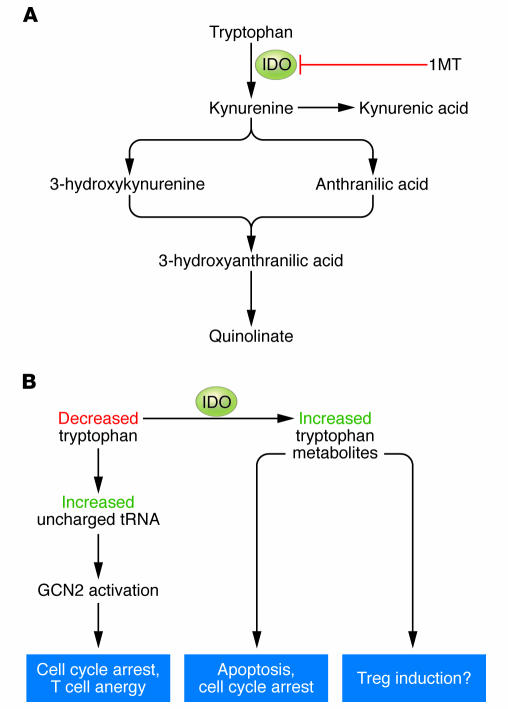Figure 1. Molecular mechanisms of IDO-induced immunosuppression.
(A) IDO catalyzes the initial and rate-limiting step in the degradation of tryptophan along the kynurenine pathway. Tryptophan metabolites have been shown to have immunomodulatory activity, alone or in combination with the GCN2 signaling pathway. (B) IDO enzymatic activity results in the local depletion of tryptophan and a local increase in the concentration of downstream metabolites. The decrease in tryptophan can cause a rise in the level of uncharged transfer RNA (tRNA) in neighboring T cells, resulting in activation of the amino acid–sensitive GCN2 stress-kinase pathway. In turn, GCN2 signaling can cause cell cycle arrest and anergy induction in responding T cells. The local increase in tryptophan metabolites can cause cell cycle arrest, apoptosis, and (in conjunction with GCN2 signaling) differentiation of new Tregs from uncommitted CD4+ T cells.

